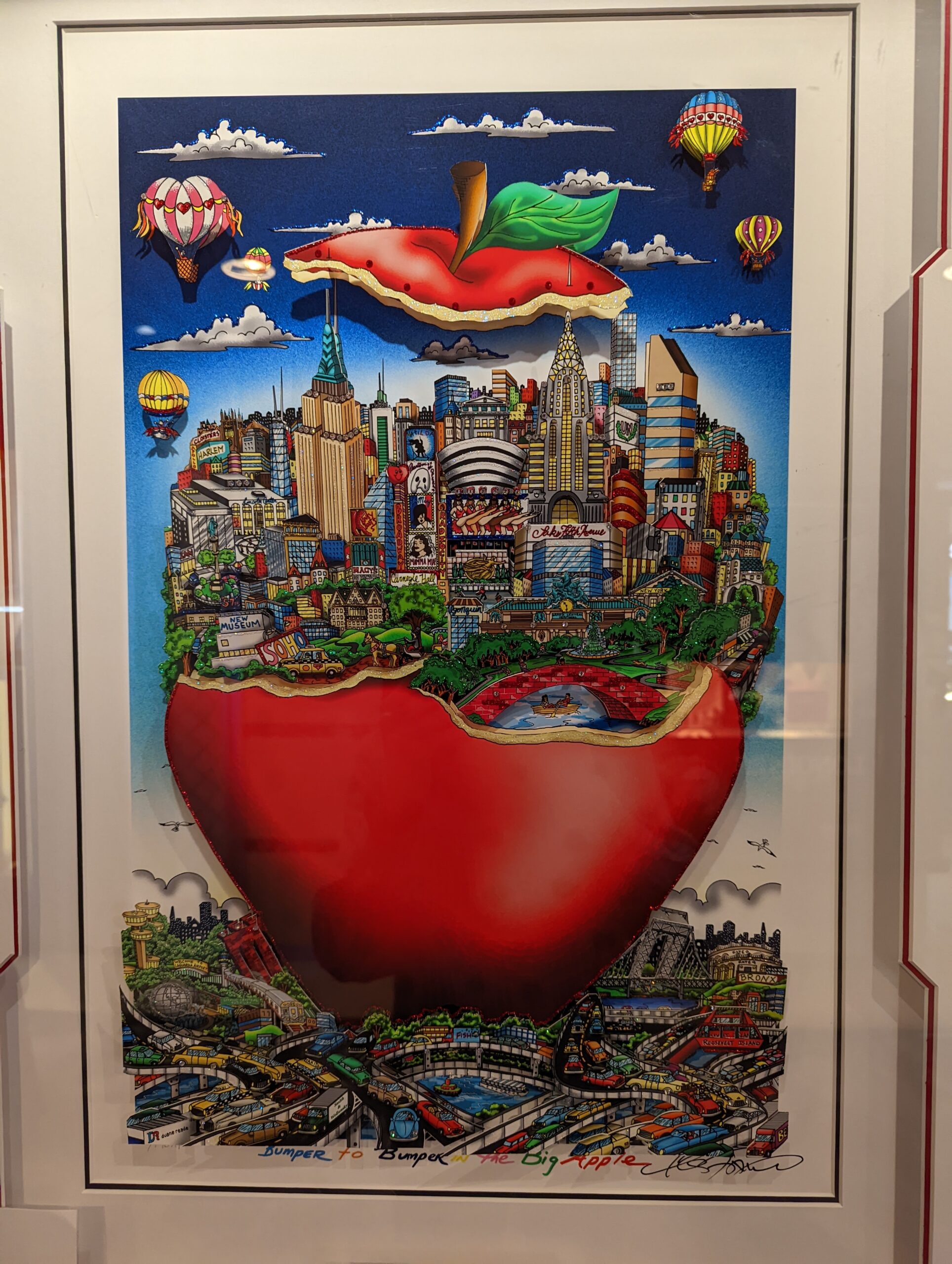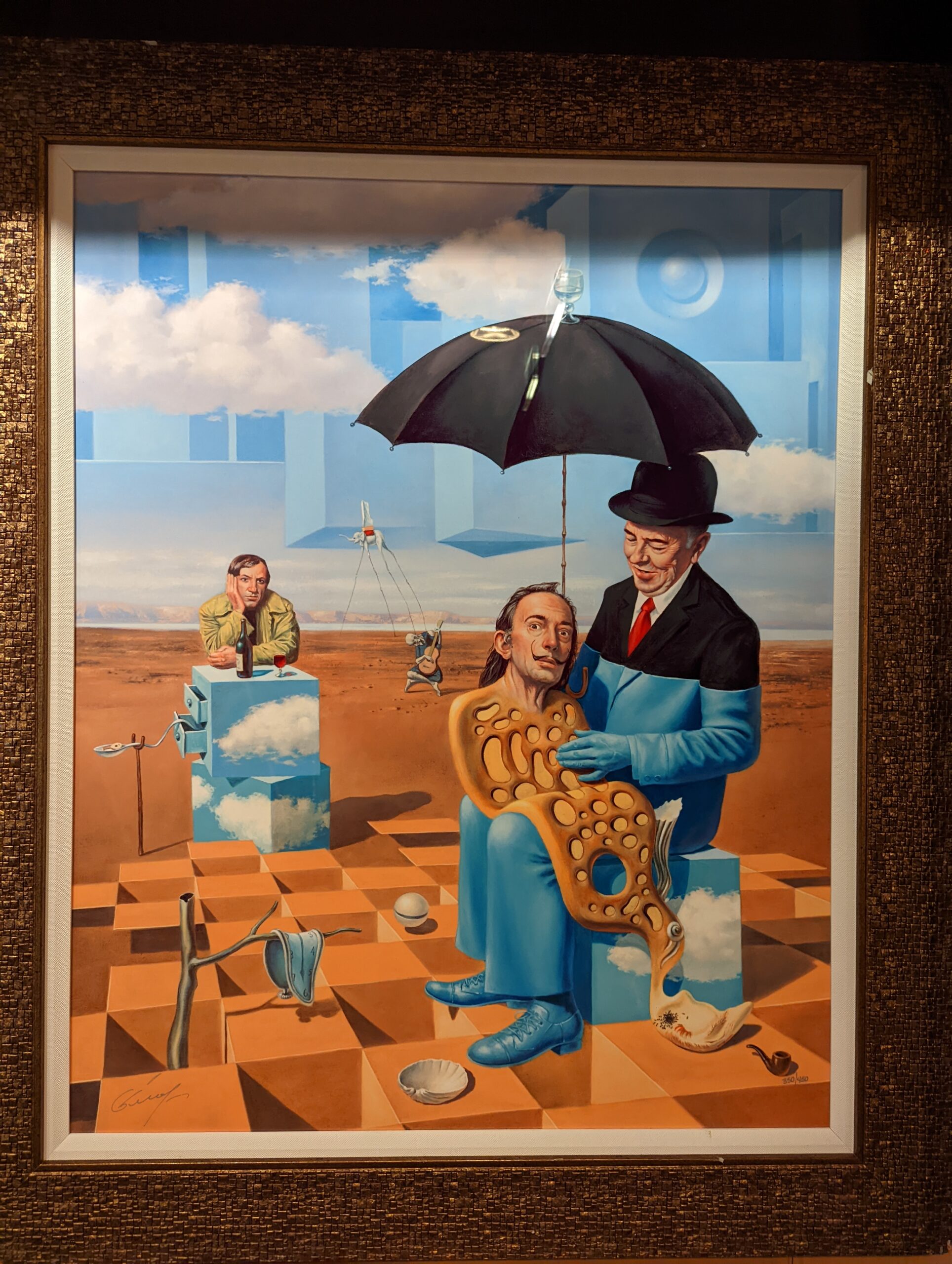
This morning, I booked transportation with Groome Transport from our holiday home to Orlando International Airport, which is over a one-hour drive (during rush hour). Our flight on July 28 isn’t until 10:30 pm, but they suggest they pick us up around 5:30 pm. We’ll most likely arrive at the airport at 7:00 pm, giving us more time than we’ll need to be processed for our international flight. We’re flying to Edinburgh, Scotland, on Virgin Atlantic.
The cost for the transportation, including a 15% tip, was $92. We used this same company when we arrived here at the end of April and were happy with the ride and the service. Thus, we saw no reason to shop around for this for a slightly better price. It may have been a little less with Uber, but the large van and the friendly local driver worked out well when we arrived.
Unfortunately, it’s often another red eye when we fly long distances, but no other options worked time-wise. The flight arrives at 11:30 am Scotland time. When we get from the airport to our hotel, we likely won’t check in until around 1:00 or 1:30 pm. As VIP members of Expedia, we are provided with early check-in and late check-out.
We’ll have breakfast on the flight and won’t eat again until that evening. We try not to sleep other than a short 20-minute nap after being awake all night. Otherwise, we could be subject to jet lag. Immediately upon arrival in different time zones, we adapt to the new time zone, including sleeping and eating. This has worked well for us.
The time difference between Florida and Scotland is five hours later, so this will be relatively easy. Due to being tired, we’ll most likely dine at the restaurant at The Bay Hotel. There’s a restaurant in the hotel, and after checking out their menu, we won’t have trouble finding something for each of us.
I noticed they have Chicken Penne Pasta on the dinner menu. Tom hasn’t had this since we spent ten months in lockdown in the hotel in Mumbai. He ate it for dinner every night except for the last two months when he’d gained 22 pounds and was sick of it. We shall see if he’s ready to give it another try. I noticed several grilled items that will work for me.
Of course, curries are very popular in the UK, as we’ve observed with our British friends worldwide. Often, when we were invited to the homes of British friends in Marloth Park, they’d make curry. I love the taste, but often, it is made with flour to thicken the sauce. If flour is used, I can’t eat it. Plus, I don’t eat rice, and curry is often served over a bed of rice.
While dining at friends’ homes, I didn’t say anything and picked out a few pieces of chicken and vegetables, discreetly scraping off as much of the sauce as possible. No one ever noticed. On the other hand, Tom despises the taste of curry but somehow manages to get through it without comment.
Britain colonized India from 1858 to 1947. As a result of the Indian influence, curries became popular with the British, but even earlier than those dates. See below from this site:
“The British Curry
by Debabrata Mukherjee
The UK now celebrates National Curry Week every October. Although curry is an Indian dish modified for British tastes, it’s so popular that it contributes more than £5bn to the British economy. Hence it was hardly surprising when in 2001, Britain’s foreign secretary Robin Cook referred to Chicken Tikka Masala as a “true British national dish.”
If Britain taught India how to play cricket, India perhaps returned the favour by teaching the British how to enjoy a hot Indian curry. By the 18th century, East India Company men (popularly called ‘nabobs’, an English corruption of the Indian word ‘nawab’ meaning governors or viceroys) returning home wanted to recreate a slice of their time spent in India.
Those who couldn’t afford to bring back their Indian cooks satisfied their appetite at coffee houses. As early as 1733, curry was served in the Norris Street Coffee House in Haymarket. By 1784, curry and rice had become specialties in some popular restaurants in the area around London’s Piccadilly.
The first British cookery book containing an Indian recipe was ‘The Art of Cookery Made Plain & Easy’ by Hannah Glasse. The first edition, published in 1747, had three recipes of Indian pilau. Later editions included recipes for fowl or rabbit curry and Indian pickles.”
If you are a fan of curry, you may enjoy reading the balance of this site.
We had a glitch on this site this morning, and I lost everything I wrote. But my web guy, Mitali, in India, stepped in and resolved the issue. As a result, I am a little behind in getting today’s post uploaded since I had to do it all over again. I couldn’t remember everything I wrote, but I did my best.
Have a great day, and be well.
Photo from ten years ago today, July 12, 2013:
















































































